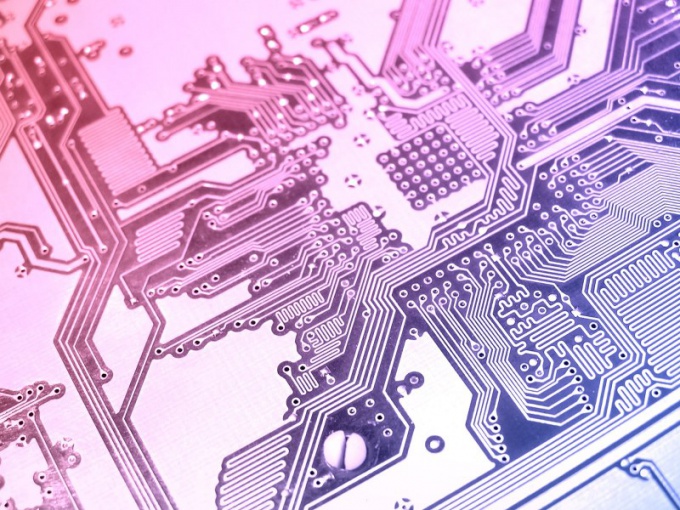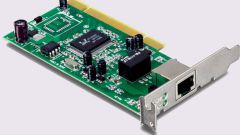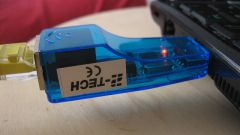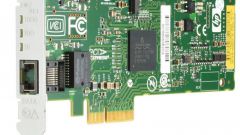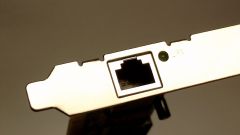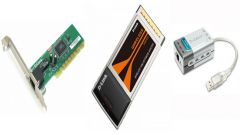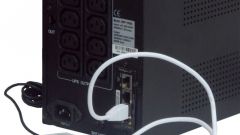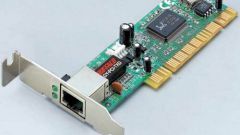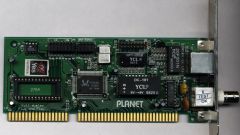Network cards are divided into:
integrated into the motherboard (mostly in laptops);
- external, requiring connection to a computer.
External network card, in turn, differ in the way they connect to the computer and the bus, which enables the exchange of data between the motherboard and network card. To date, the most widely network card with a connector for twisted pair and wireless.
The main characteristics of the network adapters are:
- bit depth - 8, 16, 32 and even 64 bits;
data bus - ISA, EISA, VL-Bus, PCI;
the controller chip (chip);
- support network environment of the transmission - BNC, RJ45, AUI;
- speed;
- FullDuplex;
- The MAC address.
The interface differences make the difference in the configuration of network cards, though the vast majority of modern devices support the Plug&Play technology.
The generic drivers included with the operating systems, allow you to use all the basic functions of the network adapters of the last generation. The drivers offered by the manufacturer of the network cards differ a great set of features.
Of special note are the cards based on USB technology, enhancing convenience and ease of use. a necessary requirement in this case becomes version support USB 2.0 motherboard of the computer.
Additional arguments for choosing a network card can be:
support adapter technology Boot ROM that provides the ability to boot a computer without hard drive on the network;
- support card Wake On Lan, responsible for the switching function of the computer via the network;
the set of indicators the rear panel of the model chosen card.
Recommended by manufacturers of network cards are Intel and 3Com. Also of note is products CNet, LG, Surecom, Allied Telesyn, At-Link and SMC.
integrated into the motherboard (mostly in laptops);
- external, requiring connection to a computer.
External network card, in turn, differ in the way they connect to the computer and the bus, which enables the exchange of data between the motherboard and network card. To date, the most widely network card with a connector for twisted pair and wireless.
The main characteristics of the network adapters are:
- bit depth - 8, 16, 32 and even 64 bits;
data bus - ISA, EISA, VL-Bus, PCI;
the controller chip (chip);
- support network environment of the transmission - BNC, RJ45, AUI;
- speed;
- FullDuplex;
- The MAC address.
The interface differences make the difference in the configuration of network cards, though the vast majority of modern devices support the Plug&Play technology.
The generic drivers included with the operating systems, allow you to use all the basic functions of the network adapters of the last generation. The drivers offered by the manufacturer of the network cards differ a great set of features.
Of special note are the cards based on USB technology, enhancing convenience and ease of use. a necessary requirement in this case becomes version support USB 2.0 motherboard of the computer.
Additional arguments for choosing a network card can be:
support adapter technology Boot ROM that provides the ability to boot a computer without hard drive on the network;
- support card Wake On Lan, responsible for the switching function of the computer via the network;
the set of indicators the rear panel of the model chosen card.
Recommended by manufacturers of network cards are Intel and 3Com. Also of note is products CNet, LG, Surecom, Allied Telesyn, At-Link and SMC.
